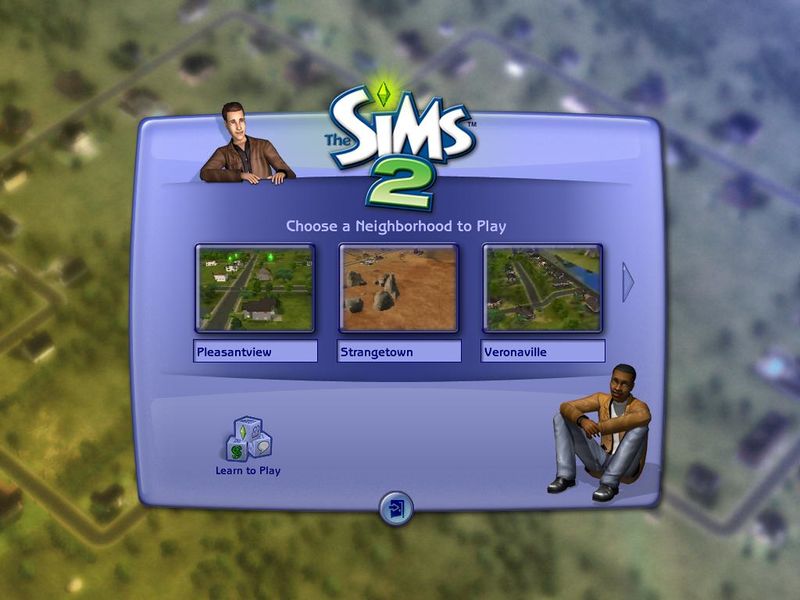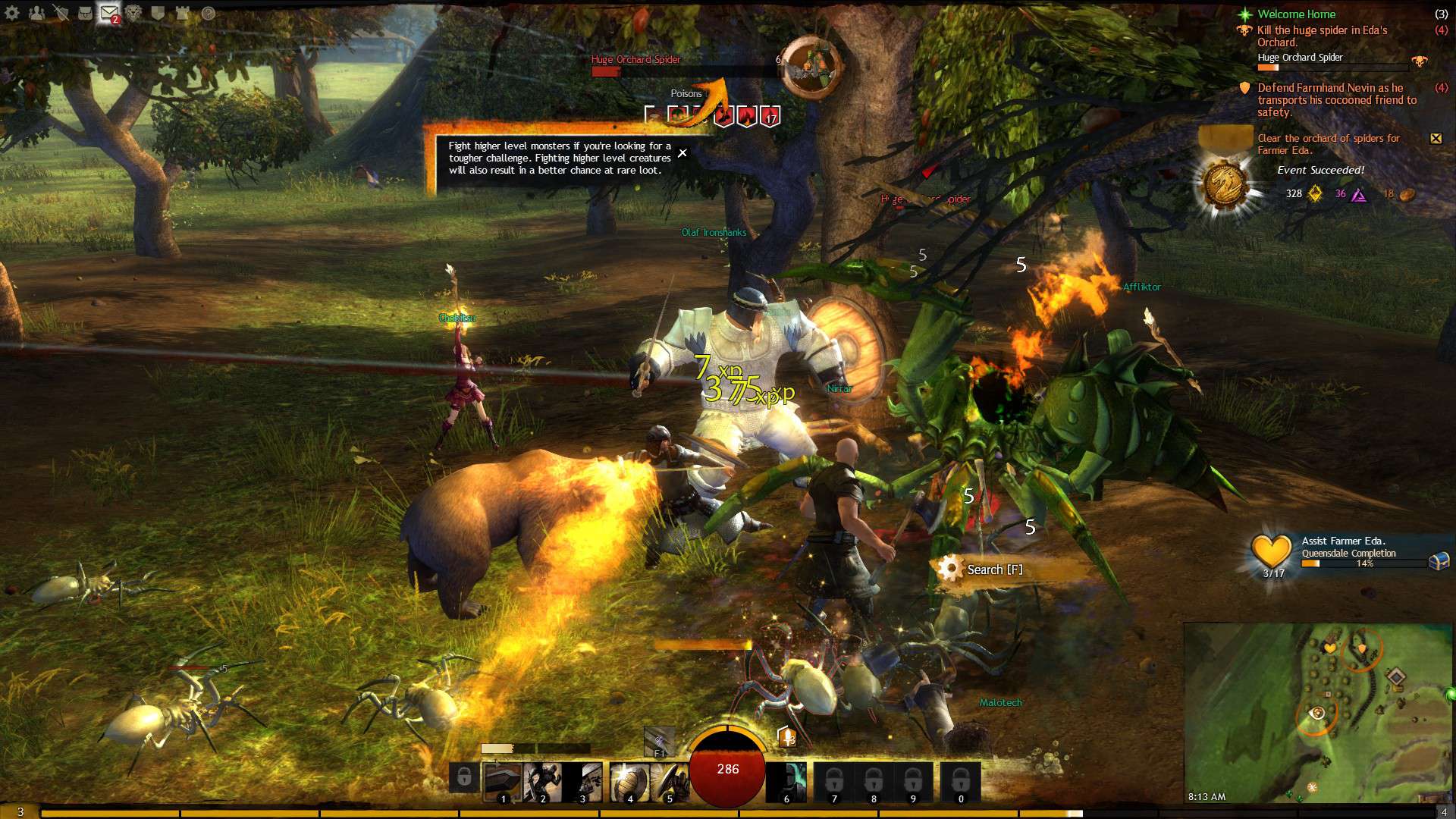The bad points
The game is pretty short. And that's pretty much it.
The good points
It's the best story that I've seen in a puzzle game. It's the most humorious recent story. It's crazy, it's all over the place, you literally do not know what the next level is going to be. And that's what's great about it.
Stare at this wonderful octopus rant:






Now that I gave away too much about this game - yes, you should get it.
Stare at this wonderful octopus rant:






Now that I gave away too much about this game - yes, you should get it.
















































